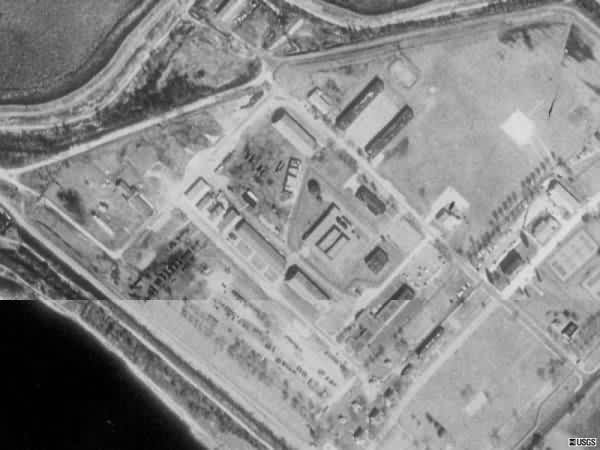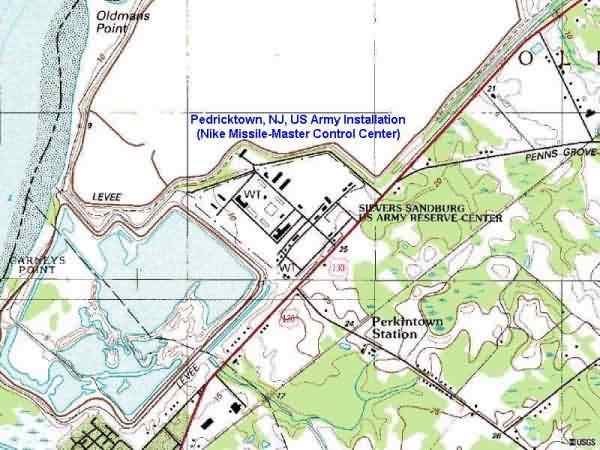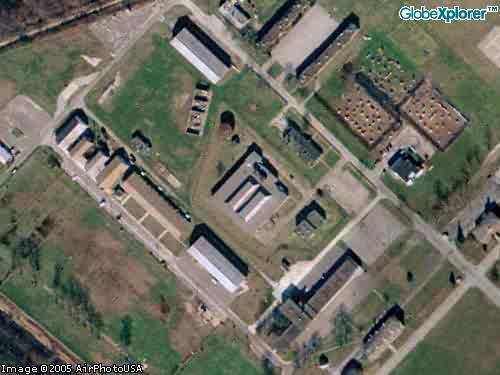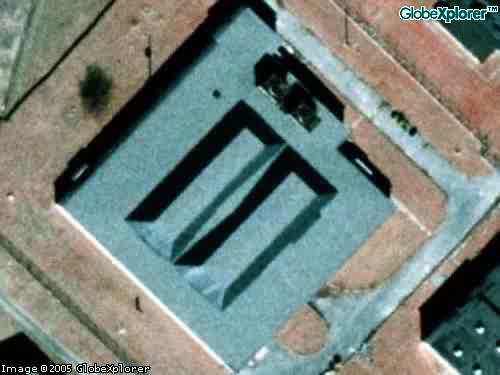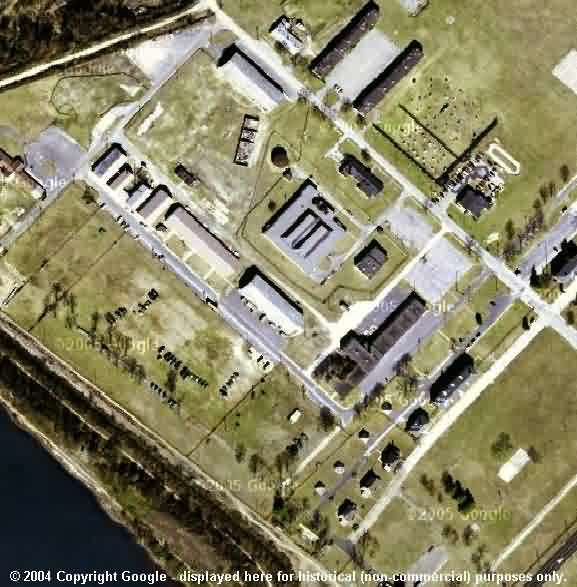contributed by Tom Page
Those who are familiar with the very early history of the ADC "permanent" radar network know that, in the 1950s, New Jersey had two long-range radar stations, Highlands AFS (P-9) just south of New York City and Palermo AFS (P-54) near Atlantic City, plus one gap-filler radar site just east of Philadelphia. The 772nd AC&W Squadron at that time was attending a long-range radar station known as Claysburg AFS on top of Blue Knob, a mountain in southwest central Pennsylvania, south-southwest of Altoona. So, how was it that a new long-range radar station was activated at Gibbsboro, NJ, in 1961, and why did the 772nd AC&W Squadron relocate there? This short tome answers those questions, and throws in a little related trivia as well.
In the early 1950s, the U.S. Army was assigned responsibility for the point protection of major American cities, industrial centers, and certain Air Force SAC bomber bases. By the mid 1950s, the primary air-defense weapon was the Nike Ajax missile, later supplemented by more-capable Nike Hercules missiles. For greater effectiveness, in the late 1950s the Army developed computerized command-and-control facilities known as Missile Masters, which were similar to (and interacted with) the Air Force SAGE combat direction centers. Ten (10) Missile Master sites total were built. One such Missile Master control center was constructed at the Pedricktown Army Installation (Nike site PH-64DC) in southwestern New Jersey to control the Nike missile firing batteries encircling the greater Philadelphia metropolitan area. In support of Missile Master operations, an Army long-range radar installation was set up at Pedricktown with one AN/FPS-8 search radar and one AN/FPS-6 height-finder radar, both on open (temperate) steel towers. (The two radar towers were located across the street just north of the Missile-Master blockhouse; the AN/FPS-8 radar is seen in the vintage photo, above.) However, Pedricktown was not on very high ground, and thus a more optimal location was deemed necessary for the long-range radar site.
Nearby, at that time, the Air Force operated a gap-filler radar site on the high ground east of Philadelphia near Gibbsboro, NJ. This gap-filler was an annex of Highlands AFS, NJ (P-9); the Gibbsboro Gap-Filler Annex was designated as site P-9A. This location was deemed desirable for the long-range radars that the Army needed, so the permanent radar site was located there. When the Gibbsboro radars were up and running, the two Army radars at Pedricktown were removed.
For budgetary reasons, Congress had directed the Army and the Air Force (as well as the other services) to combine radar sites where missions allowed. Thus, the Air Force was required to close an existing radar station, so it chose its inland long-range radar station at Claysburg AFS, PA (P-63). The assigned 772nd AC&W Radar Squadron was moved to Gibbsboro in 1961. To provide low-altitude radar coverage in southwest central Pennsylvania, Air Force plans called for the Claysburg site to become a gap-filler annex; however, it was never activated as such. Also, once the Air Force assumed control over the Gibbsboro long-range radar site, the P-9A gap-filler there was deactivated.
At the time of the Pedricktown Missile-Master activation, the Air Force had existing long-range radar coverage in southeastern New Jersey from its coastal Palermo AFS site (P-54). The new plan was to close the Palermo AFS radar site, convert it into a gap-filler annex, and relocate its AC&W radar squadron to Fort Meade, MD, to support the Missile Master there. The long-range radars at Gibbsboro AFS and those on the off-shore radar platform known as Texas Tower No. 4 (TT-4), along with the planned gap-filler radar at Palermo, then would provide adequate coverage for that region. The 770th AC&W Radar Squadron at Palermo AFS indeed was relocated to Fort Meade as planned. However, on 15 Jan 1961, TT-4 tragically collapsed in a fierce storm with the loss of all personnel and equipment. The Air Force then decided to retain the AN/FPS-20 search radar at Palermo, and cancelled plans for the gap-filler.! Palermo AFS re-opened a year later with a new radar squadron, the 680th (originally located at Yaak AFS, MT). Then, for several years, the tiny state of New Jersey had three long-range radar sites: Palermo AFS, Gibbsboro AFS, and Highlands AFS. Palermo AFS remained in operation until 1970 when it shut down. Highlands AFS was transferred in toto to the Army in 1966, and remained in operation supporting the combined New York - Philadelphia Defense Area until 1974 when it was closed for good.
At Gibbsboro AFS, as at other Missile-Master radar installations, the search radar was shared with both services. The search radar was an AN/FPS-66 model under a radome. Each service had two dedicated height-finder radars, type AN/FPS-6 and/or the AN/FPS-90 variant, for a total of four. The two Army height-finder radars were later removed, probably when the Pedricktown Missile Master was deactivated in 1965. (Also, one Air Force height-finder radar was replaced by an AN/FPS-26 set in 1963. That same year, the AN/FPS-66 was replaced by an AN/FPS-27 model.)
Housing, cantonment, and administration for Gibbsboro AFS continued to be at the Pedricktown Army Installation until the Pedricktown Missile Master was deactivated in 1965. (The only on-site housing at Gibbsboro AFS was a trailer park). Then, housing and administration were transferred to McGuire AFB, NJ. Circa 1974, Gibbsboro AFS inherited the former Nike housing area near Sicklerville, NJ.
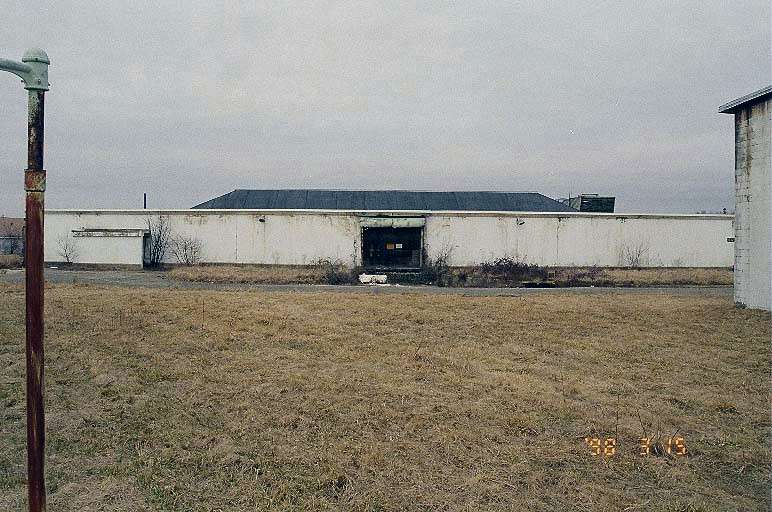
Found at http://www.uer.ca/forum_showthread.asp?fid=1&threadid=84252
The fomer Nike Missile-Master blockhouse itself. Seen is the MM building`s southeast side; the view is looking northwest.
The former Pedricktown Nike Missile-Master site can be viewed at http://terraserver-usa.com/image.aspx?S=10&T=1&X=2307&Y=22002&Z=18&W=2, and aerial images are shown below.

Looking North
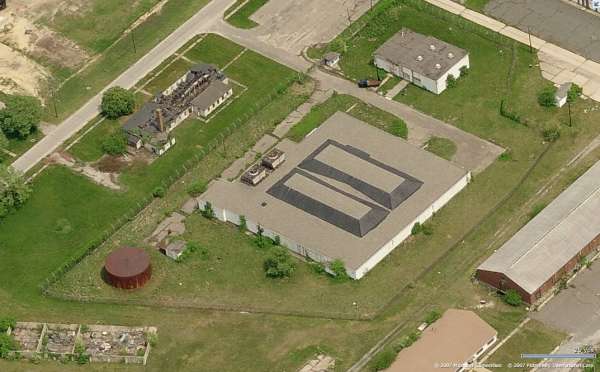
Looking East
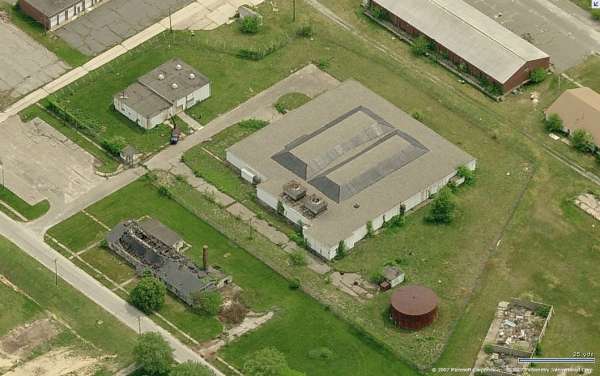
Looking South
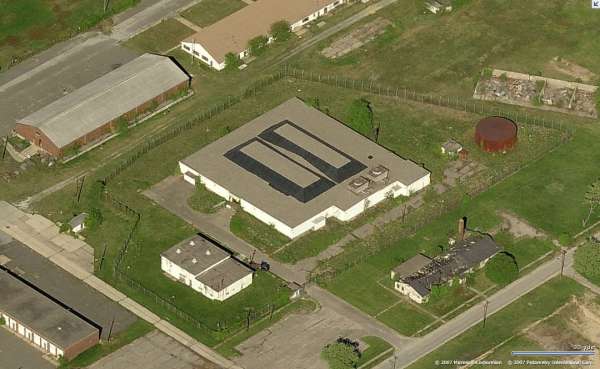
Looking West
